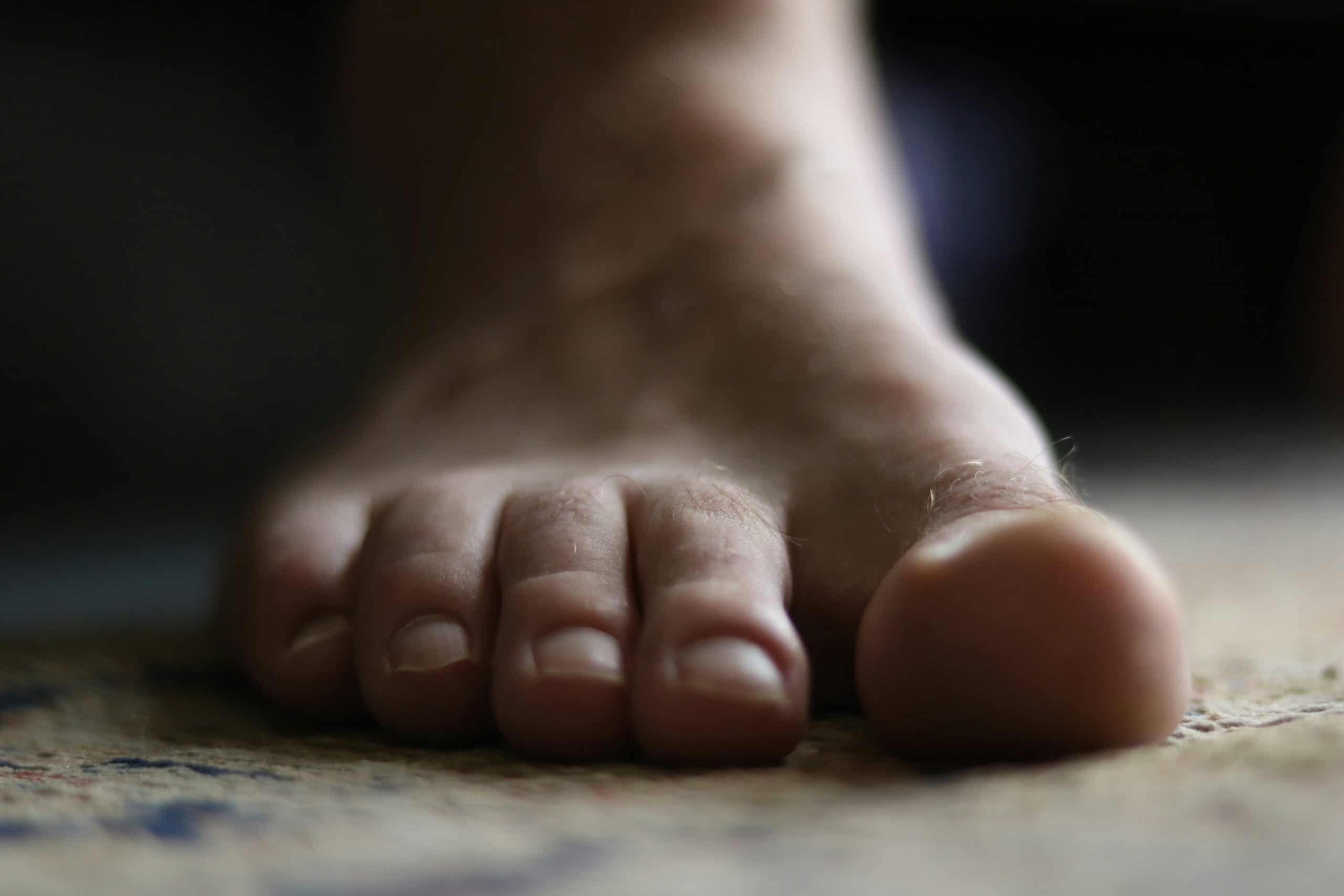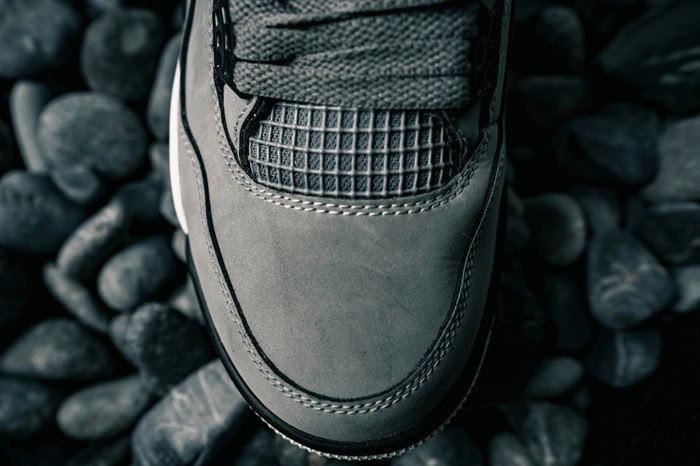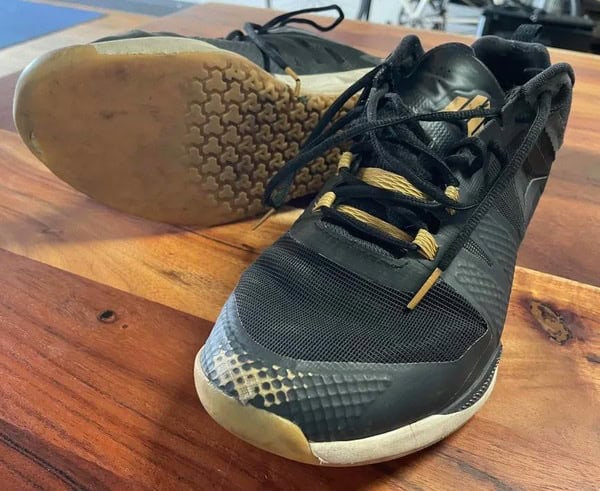
We spend thousands of hours in shoes each year – walking, working, training, and playing. Yet most shoes aren’t designed with foot health in mind. They’re built for looks, trends, or cushion comfort rather than natural movement.
When your shoes do too much of the work, your intrinsic foot muscles – the small stabilizers that support your arches and balance – weaken over time. This leads to less stability, reduced strength, and more stress on your knees and hips.
Strong feet aren’t just about arches or balance – they influence posture, proprioception, and overall movement efficiency. The more your shoes support your feet, the less your feet can support you.
The good news? You don’t have to throw away all your footwear or go barefoot everywhere. You just need to understand what makes a shoe foot friendly – one that allows your feet to move, flex, and strengthen the way they’re meant to.
5 Key Criteria for Choosing Foot Friendly Shoes
I’ve talked a lot about the importance of having strong foot muscles and how shoes and orthotics can result in these muscles getting smaller and weaker. [1]
Generally speaking you want to avoid shoes that are too tight, stiff and excessively cushiony, else you’ll accelerate the atrophy of your intrinsic foot muscles.
However, we need to wear shoes, so what shoes should we wear? Luckily I’ve found a few brands that work check all my boxes and with people’s priorities shifting to function over fashion, more and more foot friendly brands are launching all the time.
But before I share my current lineup, here are the 5 main considerations when choosing shoes:
1. Toebox – Wide Enough for Your Toes
Your toes are designed to spread and wiggle naturally. A wide toebox ensures your toes aren’t cramped or pinched, which is crucial for balance and foot strength. Shoes that squeeze your toes can lead to bunions, hammer toes, or reduced stability over time.
Tips:
- Make sure you can wiggle all your toes freely.
- Avoid shoes that taper sharply at the front.
- A roomy toebox allows your big toe to act as a stabilizer during walking and running.
2. Drop – Keep It Low
The drop is the height difference between the heel and the forefoot. The closer to zero, the more natural your foot position will be.
High-drop shoes tilt your foot forward, shortening calves and changing your gait, which can weaken intrinsic muscles. Low or zero-drop shoes encourage proper landing mechanics and foot muscle engagement.
Tips:
- Look for shoes with minimal heel lift.
- Transition gradually if used to high-drop shoes.
- Low-drop shoes help strengthen arches and calves naturally.
3. Cushion – Less Is More
Thick, soft soles may feel comfortable, but they dull your foot’s connection to the ground. Minimal cushion allows your foot to sense terrain, adapt naturally, and strengthen over time.
Tips:
- Choose thinner soles that still provide protection.
- Gradually reduce cushioning to let your foot adapt.
- Feeling the ground improves balance and proprioception.
4. Flexibility – Let Your Foot Move
A flexible shoe bends easily with your foot. Ideally, you should be able to fold it in half or twist it side-to-side.
Stiff shoes restrict natural motion, forcing compensations in the knees, hips, and back. Flexible shoes allow intrinsic muscles to engage fully, strengthening arches and stabilizing steps.
Tips:
- Test by folding or twisting the shoe gently.
- Flexible shoes promote natural walking and running mechanics.
- Full engagement of foot muscles strengthens your base over time.
5. Snugness – Secure Without Squeezing
Shoes should fit snugly enough that your foot doesn’t slide around but not so tight it feels constricted.
A good fit prevents blisters, improves proprioception, and ensures your foot muscles control movement rather than relying on the shoe.
Tips:
- Heel should stay in place without sliding.
- Toes should move freely.
- Snug shoes let muscles engage naturally while walking or running.
Outside of these points, what the shoe is for – i.e., casual boots for winter vs. tennis shoes – determines other features to consider. But the closer you get to meeting all of these criteria, the better.
If you’re currently one of many relying on super stiff orthotics with a massive arch support and thinking, “Am I doomed?” the answer is a definite NOT AT ALL!
You just need to simultaneously strengthen your intrinsic foot muscles with exercises like those found in this video and progressively work towards improving the 5 points listed above.
And you’ll need to be consistent and patient because it will take time. Perhaps months or even years depending on how diminished your foot function is.
But the payoff is worth it – your feet are your body’s first interaction with the ground, and the muscles not only provide an extra spring in your step and decrease the forces your knees and hips have to absorb, they also inform your brain as to the most efficient movement/activation patterns to use (proprioception).
My Foot-Friendly Shoe Lineup
Before I dive into my favorite shoes, it’s important to remember that not every shoe is created equal. The ones I’ve chosen hit the five key criteria we just went over – wide toebox, low drop, minimal cushion, flexibility, and snugness – while also fitting the specific activity.
Whether you’re training, running errands, playing tennis, sprinting, or braving winter, these shoes allow your feet to work naturally and stay strong. Here’s what I’m currently wearing and why they make the cut:
WORKING OUT
Either barefoot or the shoe that started it all – Vibram Five Fingers, mine being from the 2000’s. I just checked their site and am a little shocked at how much they’re charging for these now. If I were in the market, I’d definitely explore the many alternatives that exist, but these have lasted so might be worth it.
CASUAL
Inov-8 F-Lite 245’s – I wear these pretty much every day and have them for over 2.5 years. Outside of the ankle foam that wore out pretty quickly, the drop, width, flexibility, fit, and durability have been great. They don’t have this model anymore, but from what I can see on their site, the F-Fly and F-Lite models would be most similar.
TENNIS
The Asics Gel Resolution 9s I recently wore out were bothering my feet because they are too tapered in the forefoot, so I searched far and wide and found a pair that much better fits the 5 criteria above – the Head Sprint Pro 4.0 (plus got ’em on sale for just over a hundred bucks CANADIAN!). Low to the ground and a nice wide toe box. I’d personally prefer a lower arch. Most of all they’re super stable for tennis so I don’t roll my ankle when hitting my patented stretch backhand cross court pass off the run.
SPRINTING
Look at that beautiful even tread wear on the forefoot indicating solid sprinting mechanics. These are Reebok JJ Watt trainers, they don’t make them anymore so no link for you. Almost as old as my Vibrams and used solely for when I sprint. They’re a bit tight now because my feet have grown from all the foot exercises over the years, but good enough for the little use they get.
WINTER BOOTS
Xero Denver boots – I just got these last year (at half the price they’re listed now). No drop, minimal cushion, super flexible, and warm enough to walk around in winter unless it’s very cold (-15°C or colder).
The reason I can keep my shoes so long is because I don’t have to rely on the shoe for support – my foot muscles give me all the support I need.
Another reason to train those intrinsics: you’ll save a lot of money over your lifetime on shoes and can join me in the beat-up shoe club.
KEY TAKEAWAYS
- Foot friendly shoes prioritize: wide toebox, low drop, minimal cushion, flexibility, and snug fit.
- Proper shoes plus foot strengthening exercises restore natural movement and improve proprioception.
- Strong feet improve balance, reduce stress on knees and hips, and enhance movement efficiency.
- Transition gradually from orthotics or cushioned shoes to let intrinsic muscles take over.
- Training your feet saves money on shoes and keeps them functioning naturally for life.










